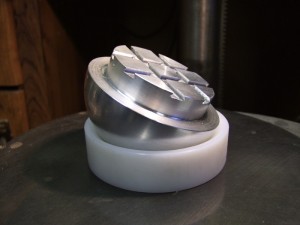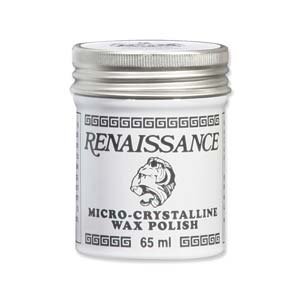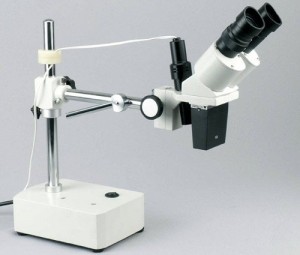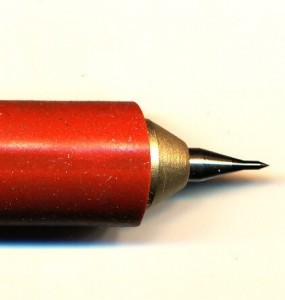Graphite paper is similar to the old “carbon paper” they used to use back in the day. A few sheets can go a long way, especially if you are doing small jewelry cabochons.
- Simply cut out a piece and place it beneath the image you want to scribe, tape them both securely to the cab or other material.
- Using a mechanical pencil or ball point pen, trace over the images major lines firmly.
- Carefully remove the tape and the paper from the piece – the image should have appeared on your piece. Using this method you don’t have to print out a reverse image since it will transfer the way you see it on the paper, unlike placing your image face down and trying to transfer it chemically.
You can find graphite paper at most big box office supply stores or at Amazon.com
Below you’ll see two different types – one is a sampler with four different colors and one is plain black. I prefer the color since I can tell the difference easier if i do a scrim, fill repeat. The yellow also works on dark ivory or horn.
Clicking on the image will bring you to the product on Amazon.com






